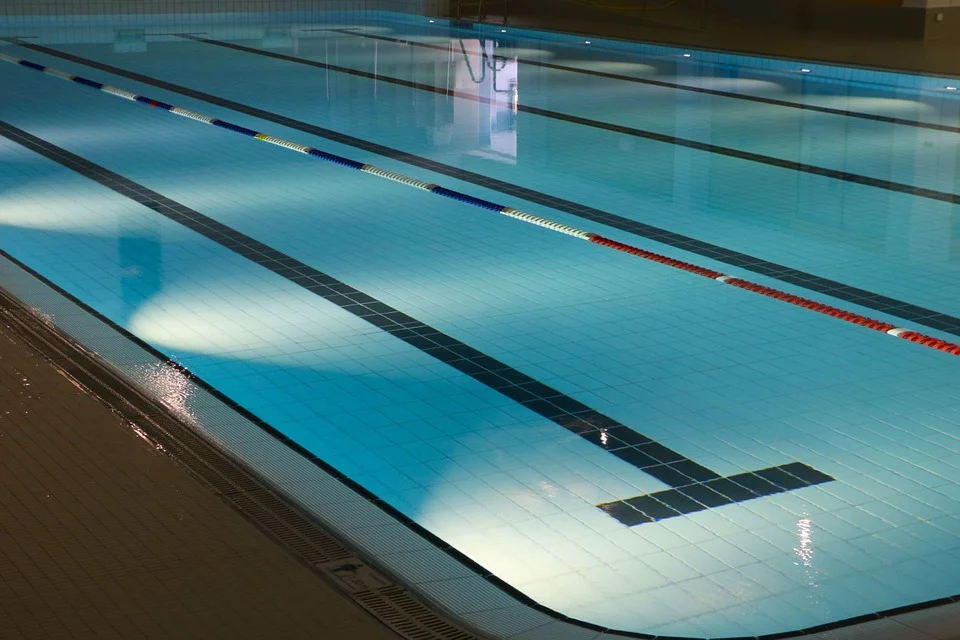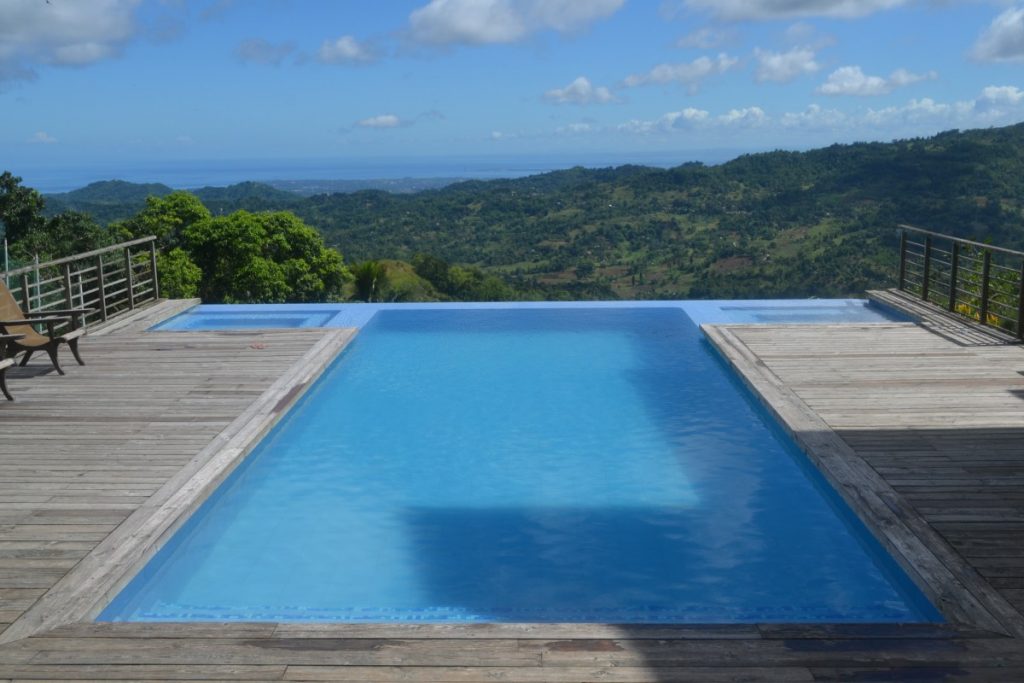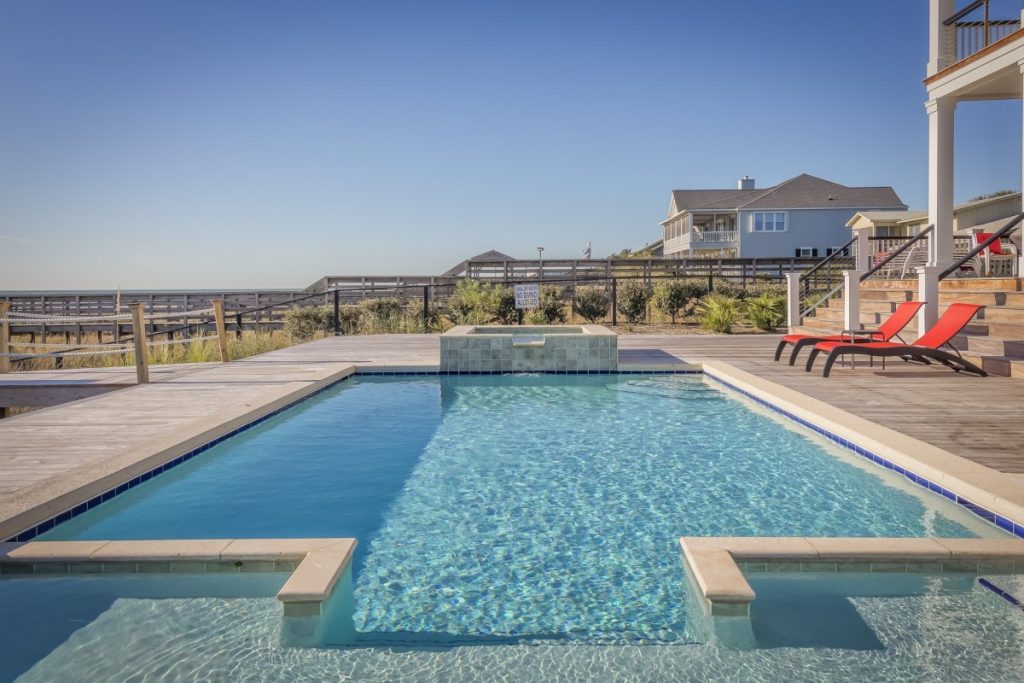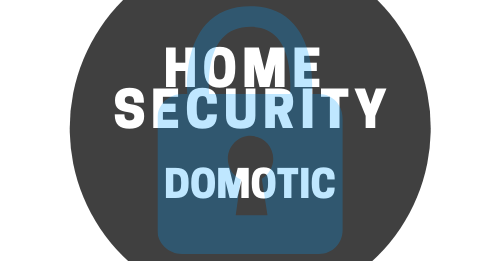Swimming Pool Home Automation: Safety First

Swimming Pool Home Automation: Safety First
Summary
– Swimming pool safety and hygiene: standards, common sense and home automation
– Pool home automation: safety first
– Other advantages of pool automation
– The price of pool automation
The pool home automation is an automated network intended to accompany the use of the pool. It is entirely in line with the triple logic of comfort, energy-saving and risk management proposed today by the specialists of the intelligent house.
Safety and hygiene of the pool: standards, common sense and home automation
The swimming pool is a potential area of danger and waste, especially in terms of energy. Strict safety standards govern its installation, and its maintenance is demanding.
The swimming pool: protection of people
Accidental falls and access to the pool by unauthorized persons must be avoided at all costs. Installing a swimming pool at home, or renovating it, already implies the regulatory installation of at least 1 of the 4 types of standardized devices: barrier, cover, shelter, alarm.
Hygiene of private swimming pools
Hygiene standards mainly concern public swimming pools (public pools). However, they can inspire behaviours for private pools.
Keeping the pool and its surroundings free of plant or animal waste not wearing shoes in areas where bathers are barefoot are only two common sense but meaningful measures.
It is also essential to respect the water disinfection recommended by the manufacturer: nature of the products, dosage, frequency of application. Of course, the water itself must be regularly filtered and cleaned of any stains.
The benefits of pool automation

The pool home automation is a definite advantage in terms of security. The detection range and the sensitivity of the sensors are specially studied according to the size of the pool.
A well-designed home automation system for swimming pools must simultaneously guarantee the continuous protection of the pool, including its surroundings, and the automated management of energy sources (heating and lighting) and water hygiene.
The pool home automation system includes a series of sensors and controls controlled by adapted programming from a home automation center.
Good to know: home automation systems do away with the “gas factory” installations where clocks for the management of the filtration, the robot, the light, x and y switches, PH and chlorine regulation boxes, etc., are combined without organization.
Pool home automation: safety first
The swimming pool is one of the house areas where the use of home automation is present.
Barriers + sensors: permanent surveillance

Pool barriers associated with appropriate sensors are highly effective in home automation for pool safety.
Home automation sensors for immersion, the pool’s opening, etc., are increasingly miniaturized, versatile and easy to install (especially wireless).
Safety barriers exist in 3 versions: fixed, removable (between fixed posts) and retractable. The first two can be easily adapted to home automation. The last one is often already automated (and remote-controlled) or simply automated.
Note: think about infrared (or laser) barriers. 4 motion detection terminals are enough to create an invisible safety “belt”. When crossed, it triggers an alarm programmed for several scenarios.
Cover or shelter: passive safety and energy savings
Of all the pool covers available for sale, only the roller cover meets home automation requirements. Pool covers are numerous: in shapes, sizes, materials, etc. Most of them require the simultaneous installation of an alarm and adequate sensors.
For these two pieces of equipment, the home automation installation will compensate for human oversights (poor installation, occasional negligence, etc.) thanks to properly programmed automatic systems.
Note: covers or shelters also contribute to the cleanliness of pools.
Alarms + sensors: emergency intervention
You will find 2 kinds of home automation alarms for swimming pools:
- Perimetric, also called peripheral. Its operating principle is a barrier itself (seen above) connected to an alarm.
- Immersed fall sensor, i.e. an aquatic probe that triggers an alarm in reaction to a shock wave in the water (type “falling body”).
Attention: if you have a pet or child under 5 years old, safety must be optimal. Therefore, install the 2 types of alarms by taking care of 2-time parameters: 12 s max. for the alarm signal + 3 min. max. for the intervention on site.
Other benefits of pool automation
Once the security is taken care of, many other elements can be considered and improved thanks to home automation.
For hygiene, but not only…
The home automation kits give complete control of the pool… at your fingertips! Sensors, photovoltaic cells, a control system (heating, cleaning, lighting), a display (showing key parameters, electricity and product consumption, etc.), and Internet access provide constant information on the physical and chemical condition of the pool.
For example, the Internet home automation system automatically manages the pH, filtration times, disinfectant rates, etc. It is the ideal companion for second homes.
Just as in garden-oriented home automation, pool robots are invading the specialized shelves, seducing (and reassuring) many homeowners. A mixed and solar automated solution with a pump/filter/regulator/ionizer system is available. Each can be controlled from a central console integrating other home automation elements.
The pool robot: for automated cleaning

The choice of the robot model varies according to :
– the size and shape of your pool;
– the cleaning of a pool with customized shapes (freeform);
– your cleaning equipment (filtration circuit, water release and discharge);
– the type of coating (tiles, mosaic);
– the amount of waste and pollutants in your pool.
Good to know: think about the remote-controlled solar cleaning robot with an incorporated filter.
Solar ionizers: ecology at the service of cleanliness
The principle of the solar ionizer is as follows: a mineral electrode (copper-silver) is activated just below the waterline, dispersing mineral ions into the water. The ionization cleans the pool of microorganisms and prevents their proliferation.
For this system to work, no electricity is needed. The photovoltaic panel converts solar energy into a harmless, low-power current.
A floating solar ionizer requires a continuous circulation pump, a pool of at least 11 m3 and a pool directly exposed to the sun.
The main advantages of this system are that it is non-toxic and inexpensive, consistent with home automation solar heating.
The prices of the home automation swimming pool
Here again, prices vary greatly depending on the model of accessory, the technology used, the size, the efficiency. Count on around $3,000 for a complete home automation system remotely controlled with water analysis probes and from $200 to $500 for a classic pool alarm.
You will find robots starting at $200 for basic models, up to $1,200 (or even more) for models that can be connected to the central unit. A minimum of $2,000 is required for an automatic above-ground roller cover.
As for pool covers, count $2,000 for a low mobile pool cover and from $10,000 for a high hardcover with the necessary fittings.
Note: all these prices are given for elements that you can install yourself.

1 thought on “Swimming Pool Home Automation: Safety First”